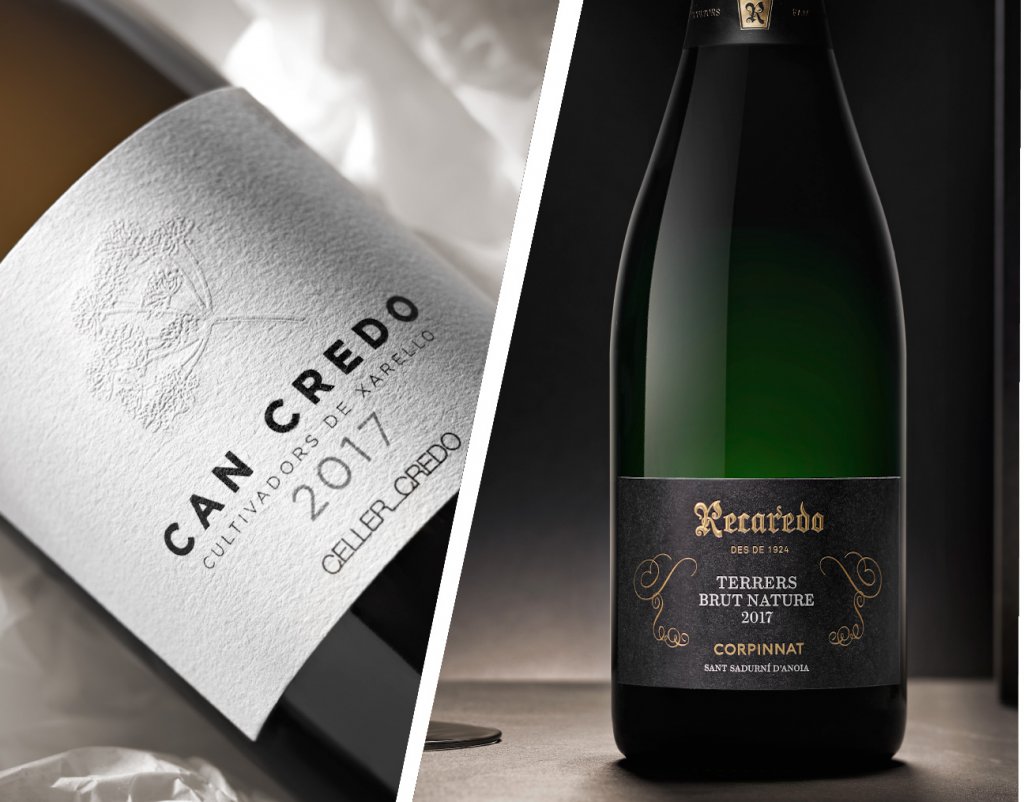Horse-drawn ploughing at Recaredo featured on TV3
The Televisió de Catalunya programme Glops recently paid a visit to Recaredo’s vineyards to learn about the importance of animal traction. In Recaredo’s vineyards, one finds a wide variety of animals: some that work there in harmony with the environment, and others that are part of the natural biodiversity. Recaredo started using horse-drawn ploughing in 2011 to reduce soil compaction and carbon dioxide emissions. This traditional way of working the land has many benefits, especially in old vineyards like Turó d’en Mota, planted in 1940.
“The oldest vineyards were planted with the rows very close together, and that makes them very difficult to work with a tractor. They were planted with animal traction in mind, so if we want to recover an old vineyard, we also have to recover the practice of working with animal traction,” said Ton Mata, Recaredo’s oenologist and technical director. One of the advantages of this method is that the relationship it establishes between man, vine and horse allows for a deeper understanding of the state of the land and makes it possible to work the soil in a more precise, finer way.
The programme Glops, presented by Carles Xuriguera and Fel Faixedas, also highlighted a research project involving bats that is being carried out in collaboration with the Granollers Natural Science Museum. Since 2013 Recaredo and the Granollers Natural Science Museum have been working together on a project to re-establish the bat population in its vineyards with the aim of controlling insect pests and regulating the ecosystem in a natural way without any harmful impacts on the environment.















